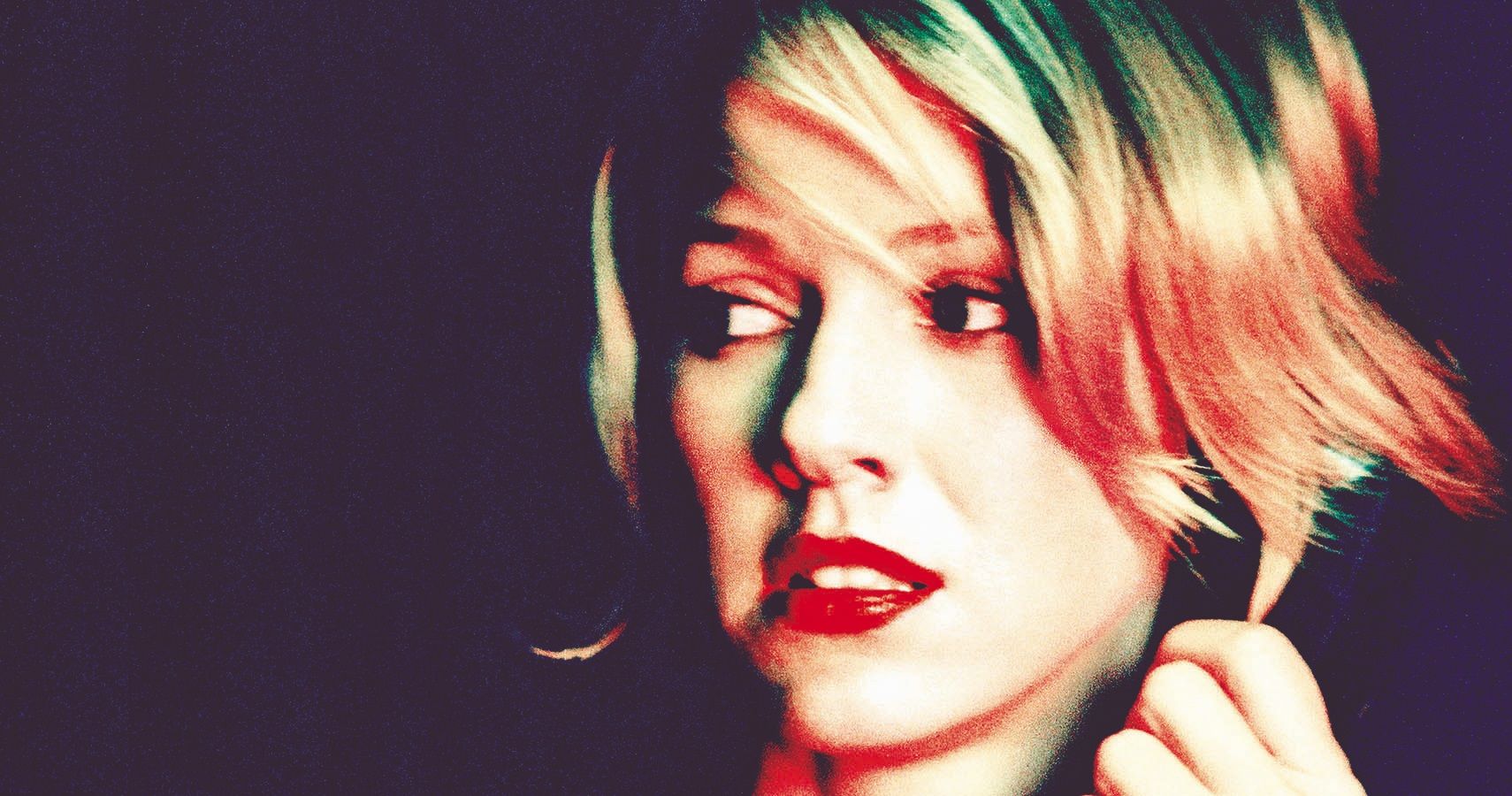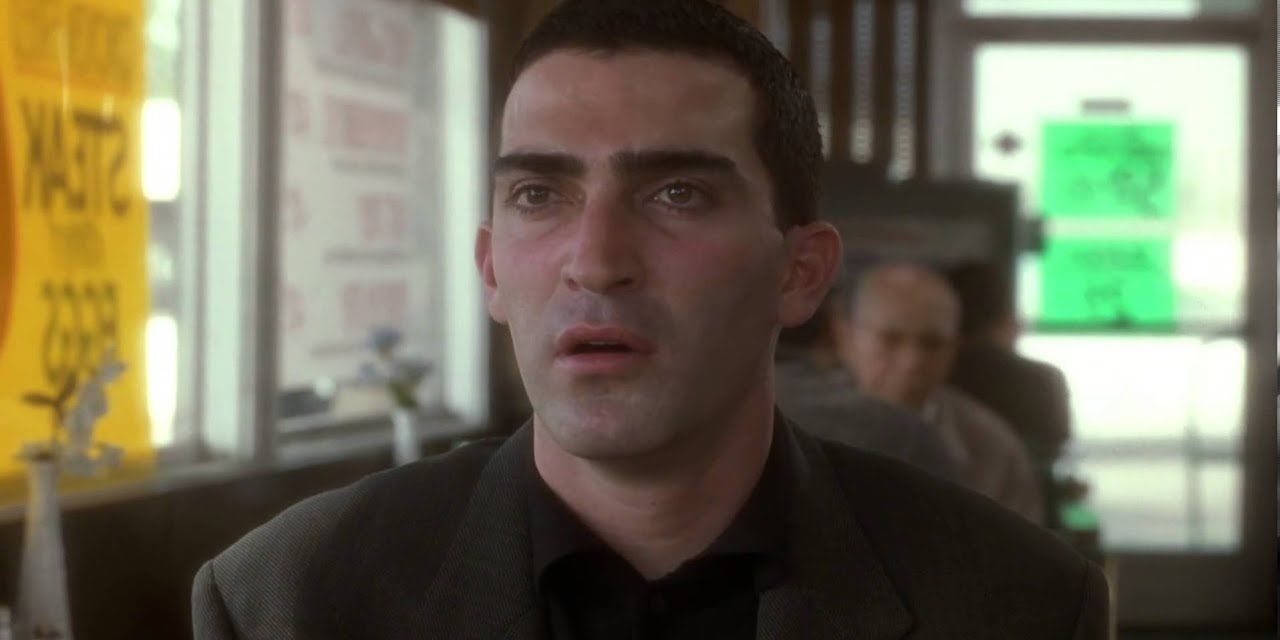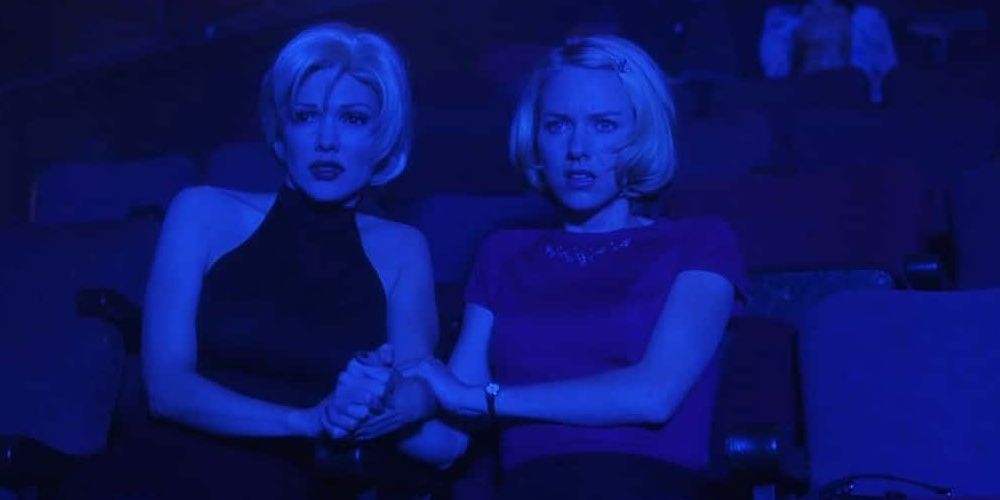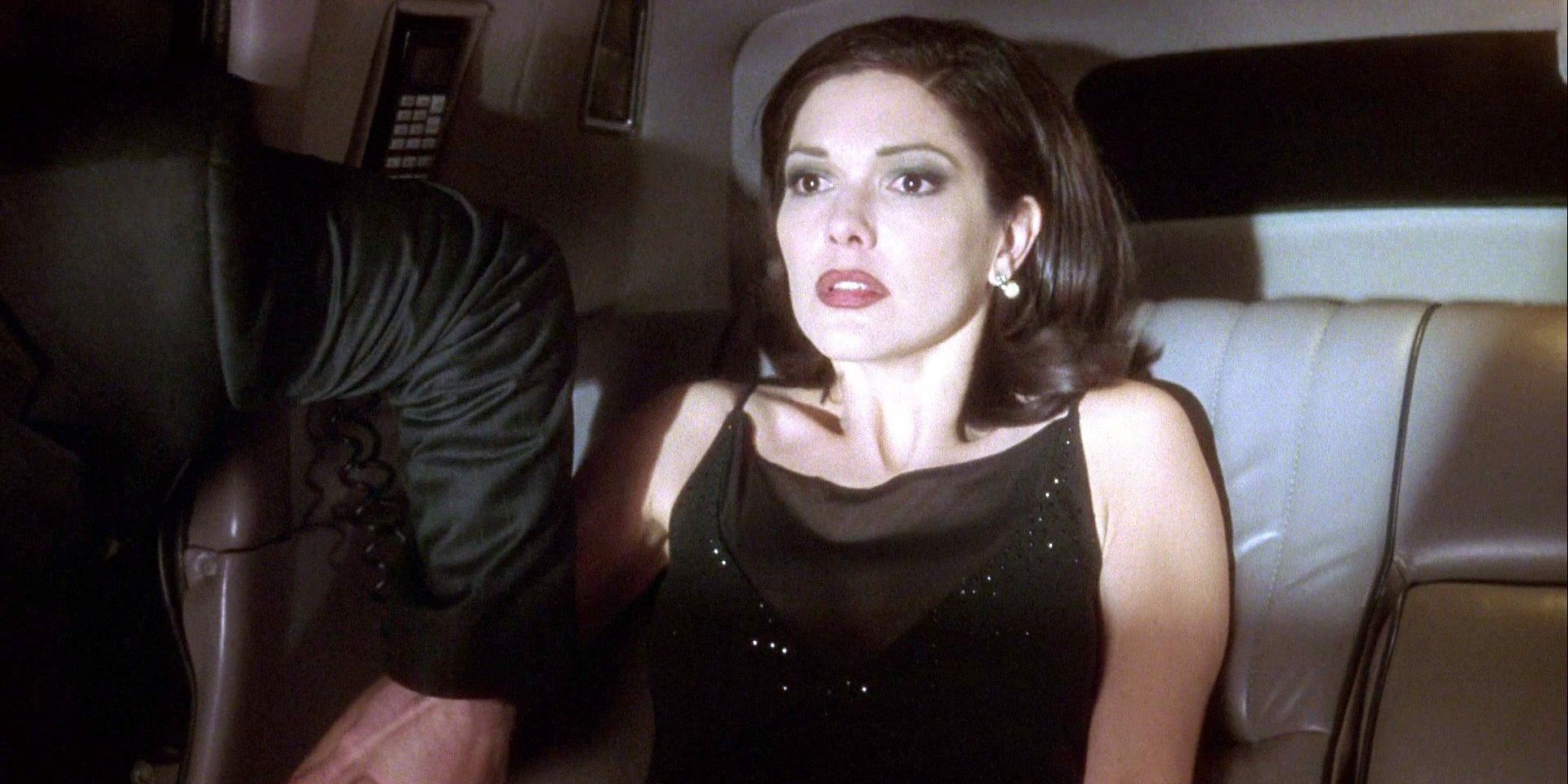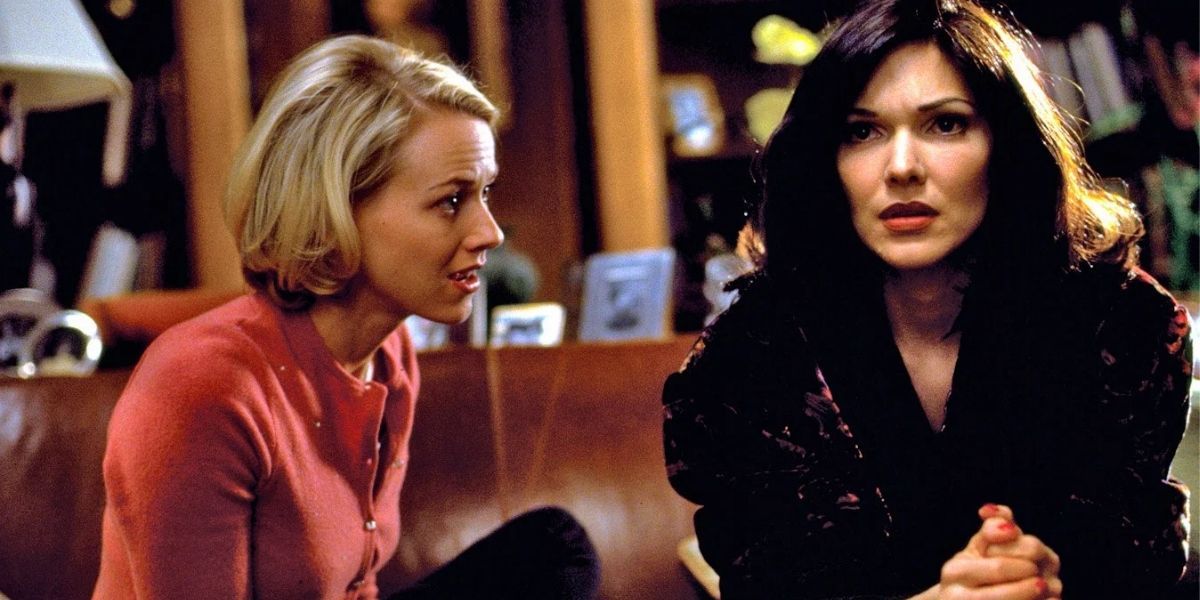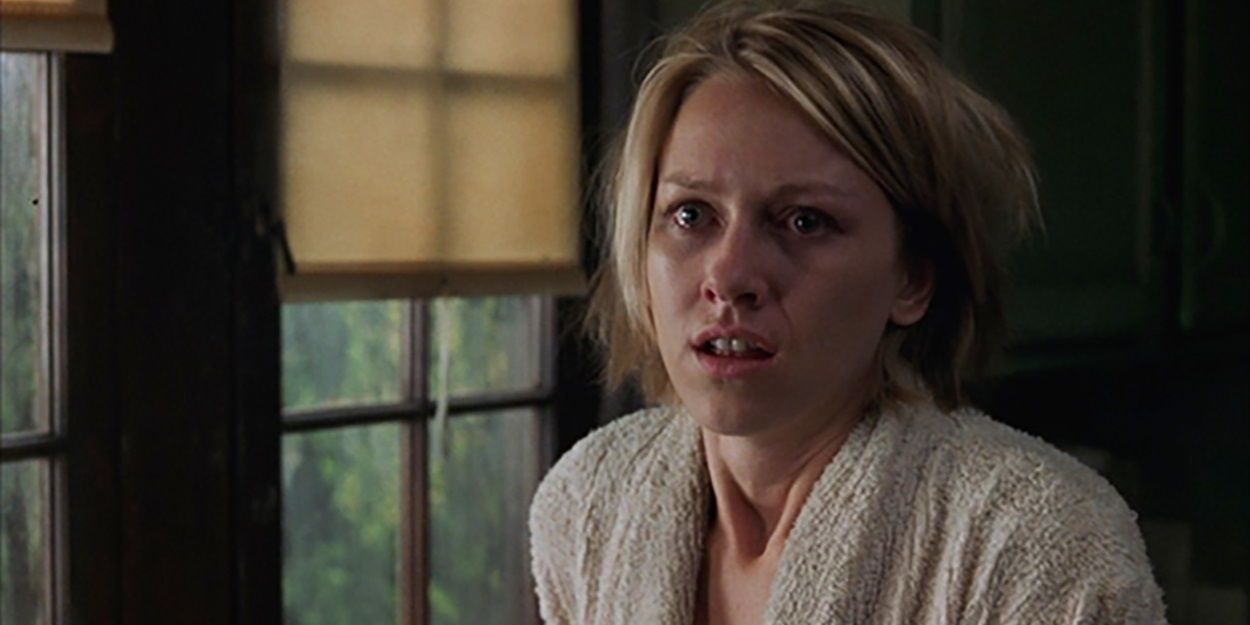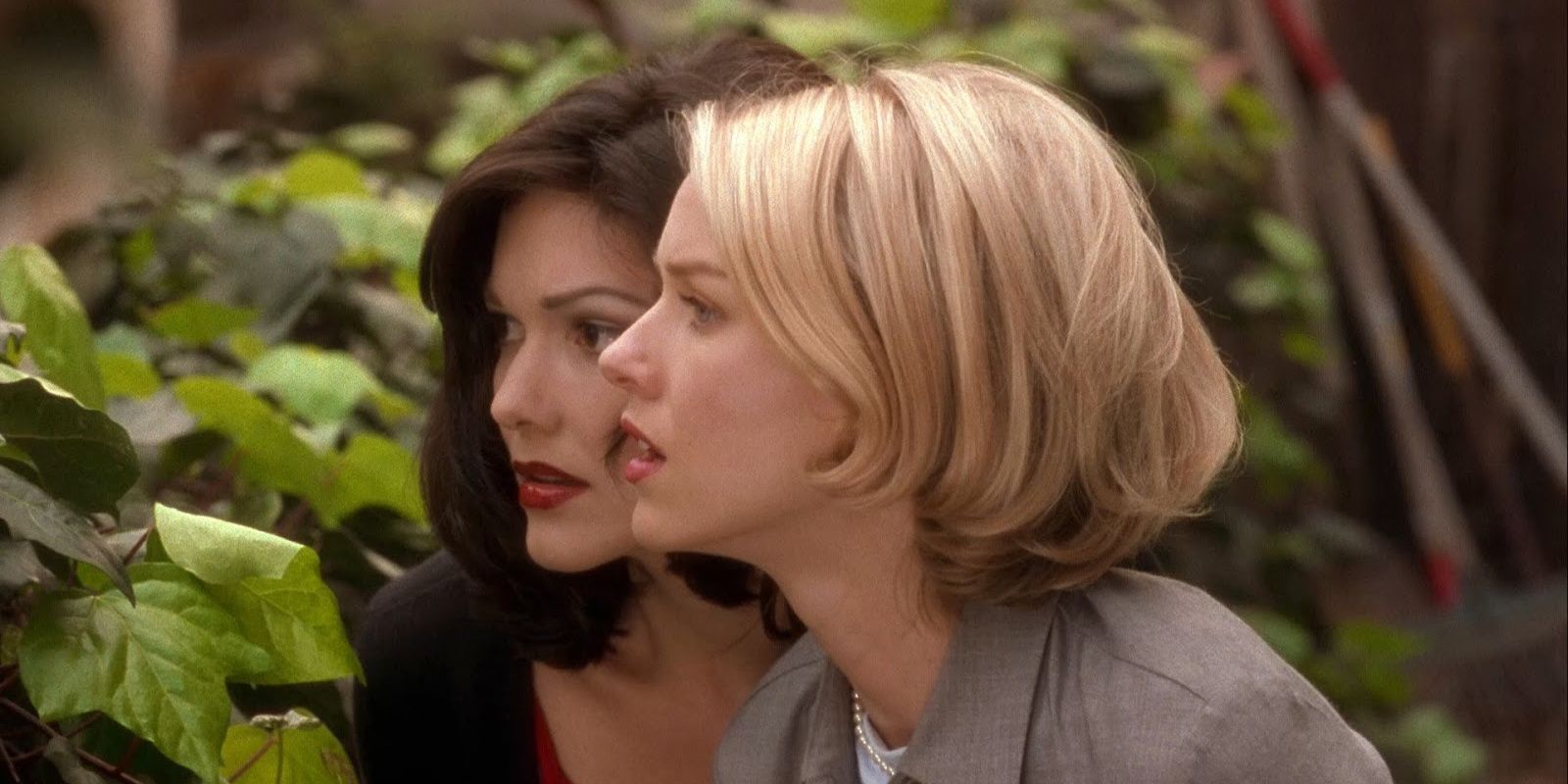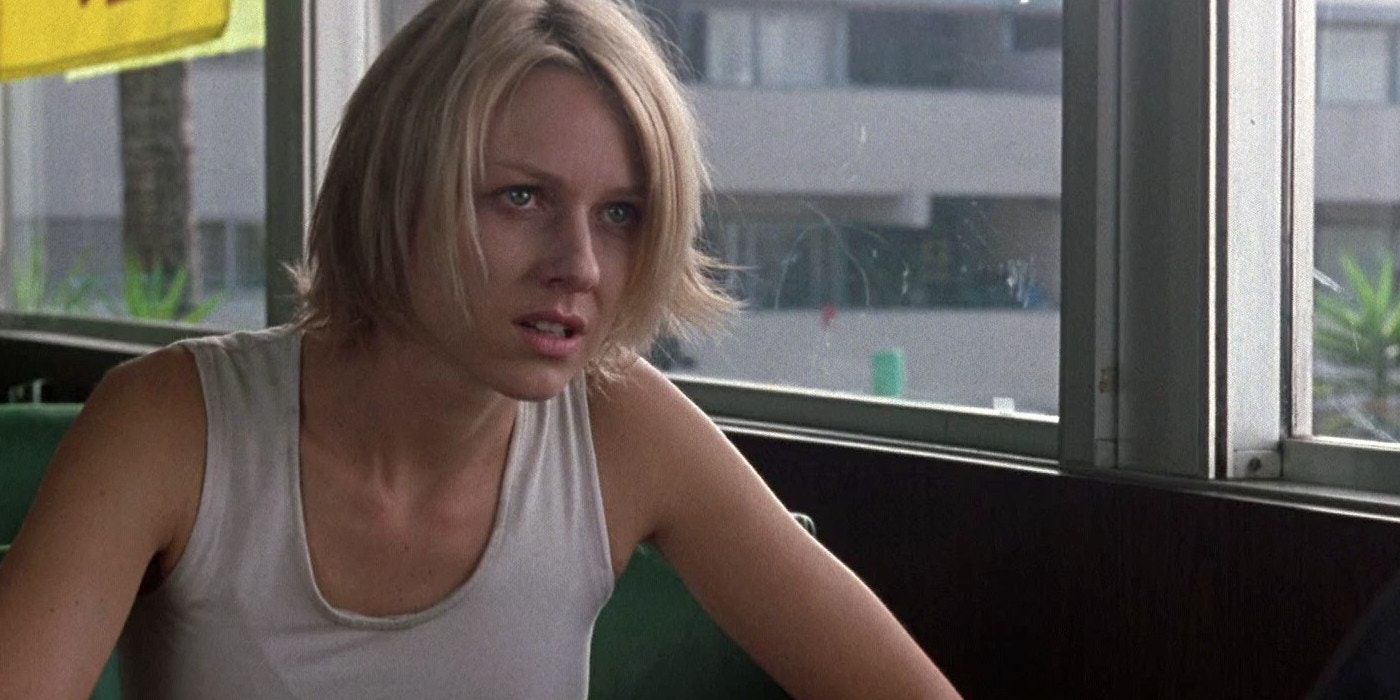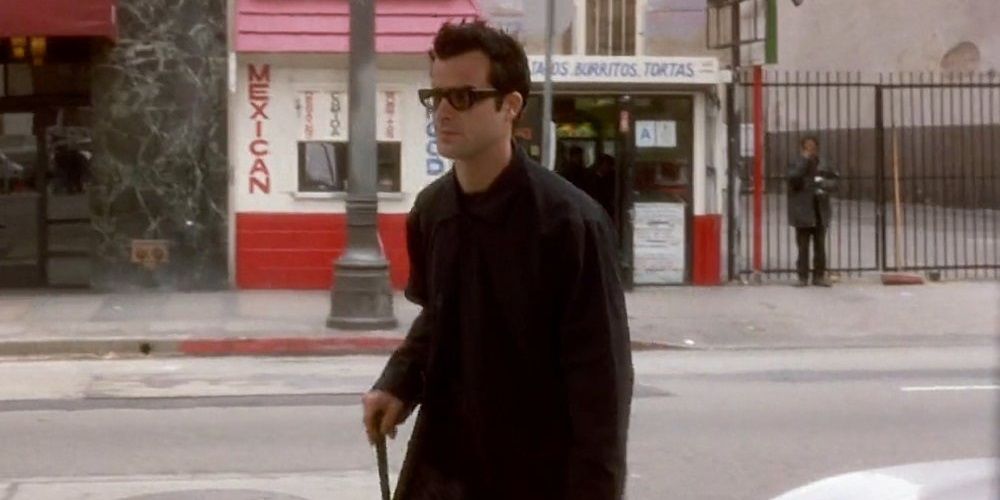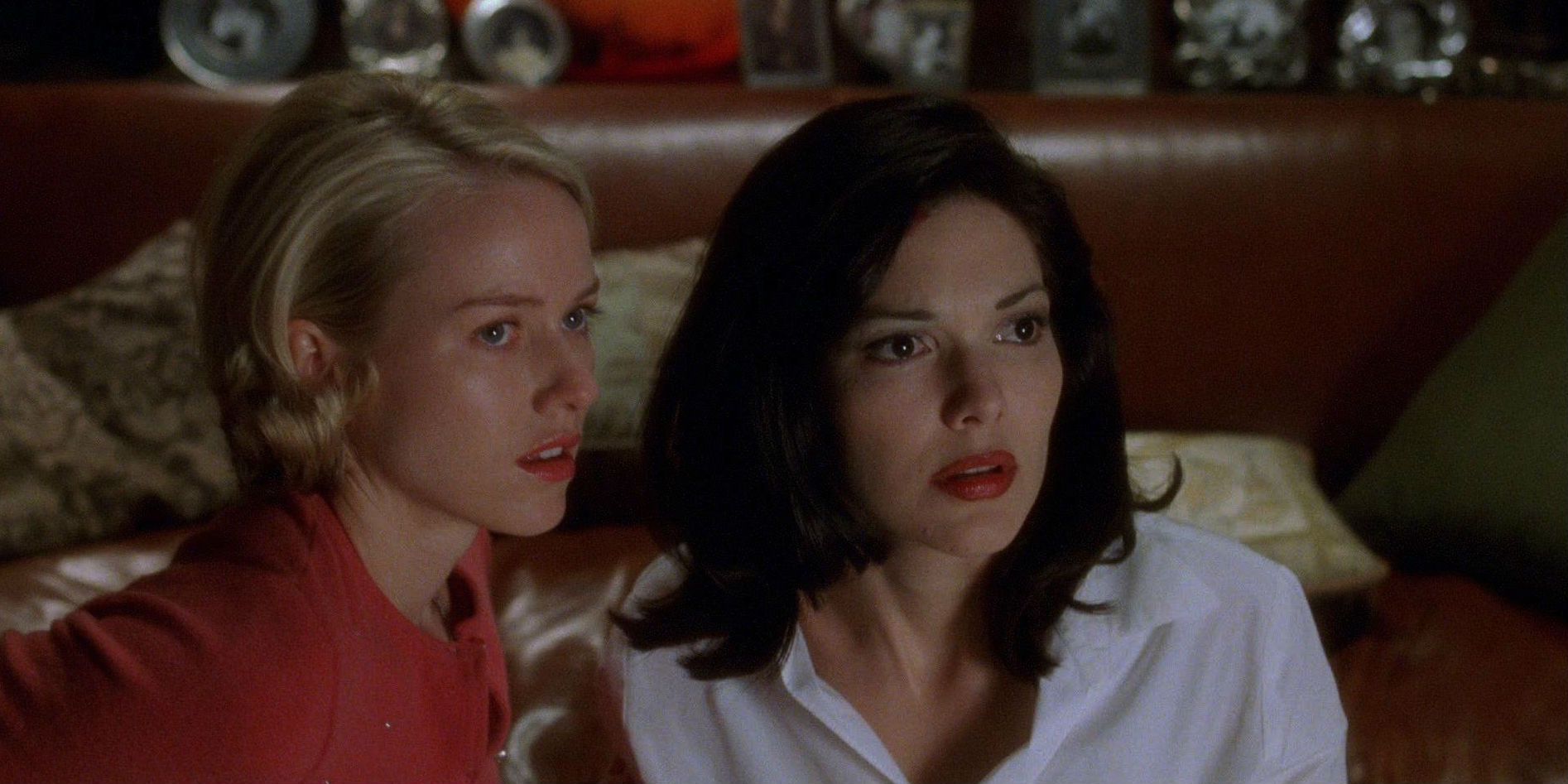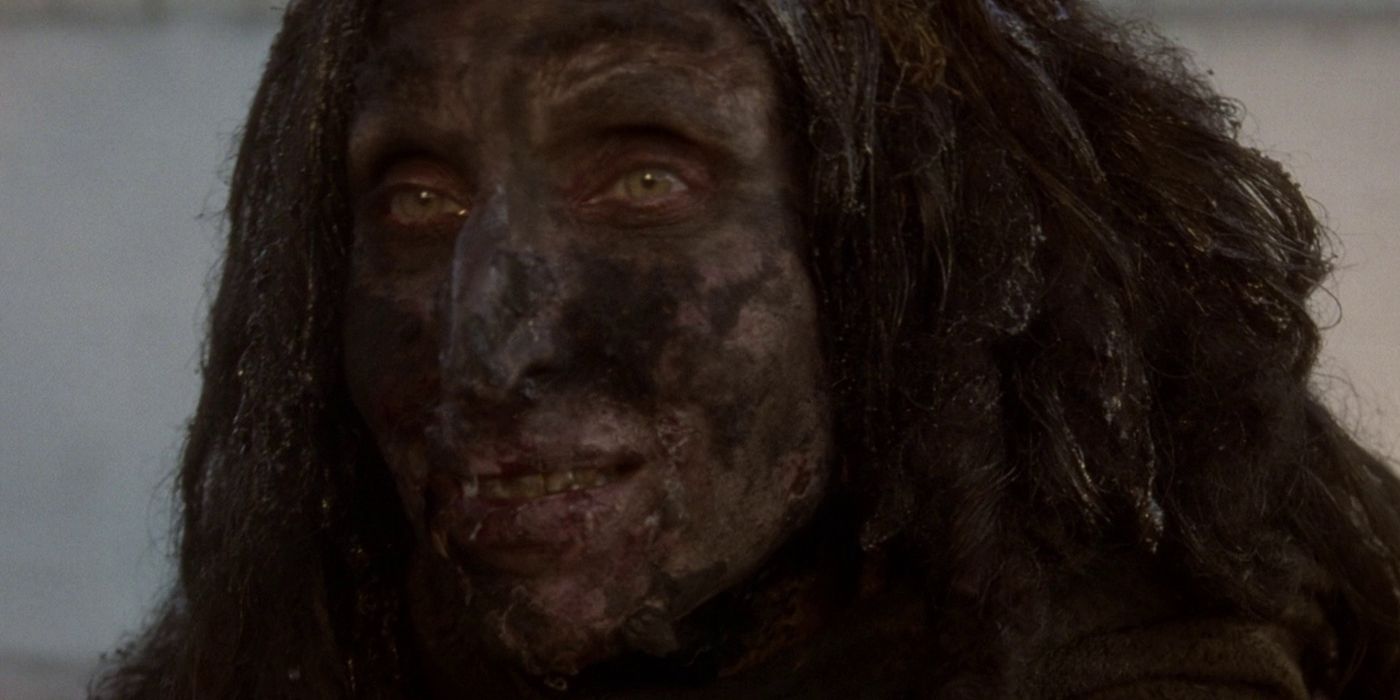All of David Lynch’s movies are difficult to understand. From Blue Velvet to Lost Highway, audiences can’t just take what they see on face value and figure out the plot from a single viewing. One of the director’s most complex and challenging works is Mulholland Drive, his dark satire of the Hollywood film industry by way of exploring the dreamscape and boggling the mind with surreal imagery.
In the years since Mulholland Drive was released to critical acclaim, film buffs have been dissecting it and trying to work out exactly what it means. Lynch has given out clues, but no one has quite figured it out yet. But there are a lot of interpretations.
The First Half Of The Movie Is A Dream
Perhaps the most common reading of Mulholland Drive is that the first half of the movie is a dream. It’s all over the place, it doesn’t make sense, and like the glitz of the town it explores, it’s not restricted by the need to be realistic.
The second half of the movie, on the other hand, represents a tough reality crashing down upon the carefree dreamscape like a battering ram.
The Whole Thing Is A Dream
Contrary to the reading that only the first half of the movie is a dream, some commentators believe that the entire movie is a dream. According to Justin Theroux, David Lynch made the movie by listening to his subconscious, and is therefore happy to let viewers come up with any interpretation they like; there is no right or wrong answer.
This is the same logic that applies to dreams. No clear sense can be made of dreams – they just flow however your mind wants them to – and Mulholland Drive has that kind of energy.
Broken Dreams In Hollywood
Rather than focusing on the ambitions of any one character, Mulholland Drive can be read as a general treatise on the seductive allure of Hollywood. The shot of Los Angeles seen after Rita’s car crash has been seen to represent the endless opportunities that the city has to offer.
The tragic ending of Mulholland Drive shows us that most ambitions in Hollywood go unfulfilled as Tinseltown chews up and spits out most people who try to make it out there.
The Fantasy Vs. Reality Of A Relationship
Relationships are strange. Whether we’re actually in them or looking back on them, they’re not tangible things. A relationship is a bond between two people, and our mental conceptions of them can be wildly different than how they actually are.
The first half of Mulholland Drive can be seen as the idealized fantasy version of the relationship between the two leads, while the second half can be seen as the bitter reality of their failed union.
Personal Identity
Identity is a curious subject. People don’t really know who they are, and figuring out who we are is an ongoing and ultimately futile endeavor, because we’re constantly changing and the endless search for our identity is what shapes our identity.
Underneath the explorations of the film industry and Lynch’s indifference toward big Hollywood studios, Mulholland Drive can be read as a deep dive into these ideas.
Möbius Strip
Some viewers have compared the structure of Mulholland Drive to a Möbius strip. Jean-Luc Godard famously said, “A story should have a beginning, a middle, and an end, but not necessarily in that order.” But what if, in Mulholland Drive, that’s not the case?
A Möbius strip has one continuous side, twisting forever, with no beginning or end. The same could be said for Mulholland Drive, a movie that is all over the place and doesn’t really have a beginning or an ending (apart from the literal opening and closing shots).
Betty Is Diane’s Projection Of A Happier Life
One popular theory about the duality of Betty and Diane is that Betty is Diane’s projection of a happier life. Diane is miserable, working a dead-end job as a waitress at Winkie’s.
Betty is a bright-eyed aspiring actress who arrives in Hollywood, gets to live rent-free at her aunt’s awesome house, and lands a major role almost immediately. Betty’s life is too good to be true, and some viewers think it really is.
Nostalgia Vs. The Putrefaction Of Hollywood
During a press conference at 2001’s New York Film Festival, where Mulholland Drive was screened, David Lynch used the word “putrefaction” a number of times. The term literally refers to the rot and decay of corpses, but Lynch refers to the putrefaction of Hollywood.
In Mulholland Drive, Lynch posits that nostalgia for a bygone era of cinema is contributing to the putrefaction of Hollywood, but also suggests that the key to great filmmaking can be found in the classics, so we shouldn’t let go of them entirely.
Lesbian Identity
The female relationships in Mulholland Drive – Betty and Rita, and Diane and Camilla, but particularly the former – have been compared to those found in Ingmar Bergman’s Persona and Robert Altman’s 3 Women.
Betty and Rita have one of the most positive relationships in David Lynch’s filmography (often marked by turbulent, unhealthy relationships), while the use of mirrors and doppelgangers throughout the film play into imagery that is commonly used to represent gay desires.
It Defies Explanation
Although David Lynch insists that, unlike some of his other movies (e.g. Lost Highway), Mulholland Drive does have a coherent plot that can be understood. But do we really want to understand it?
What makes Mulholland Drive a masterpiece is that the only thing that makes sense about it is that it’s truly hypnotic. Viewers can watch it over and over again and still not fully understand it, but that’s the beauty of it. If there was an easy answer about what it was about, it wouldn’t be so great.

